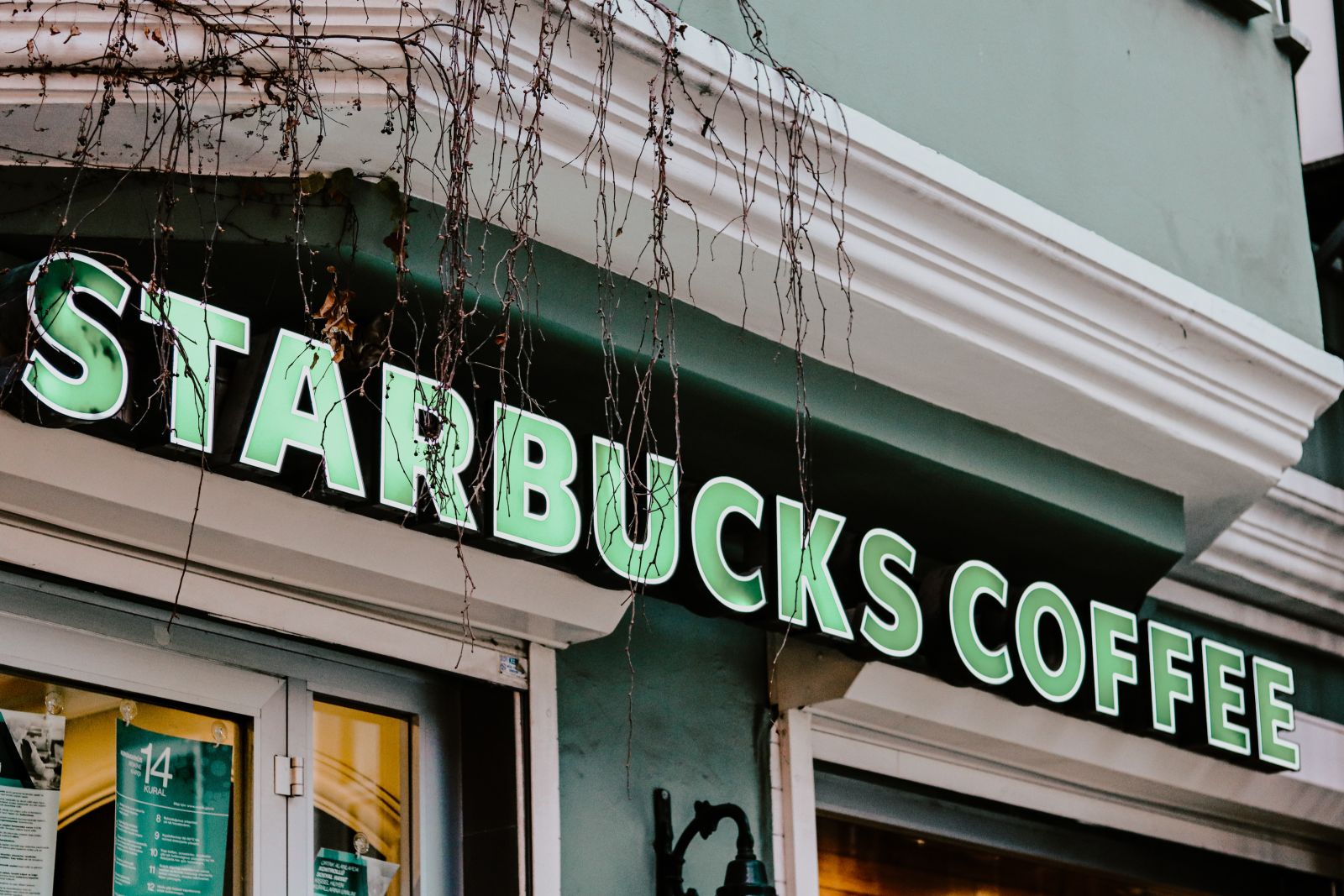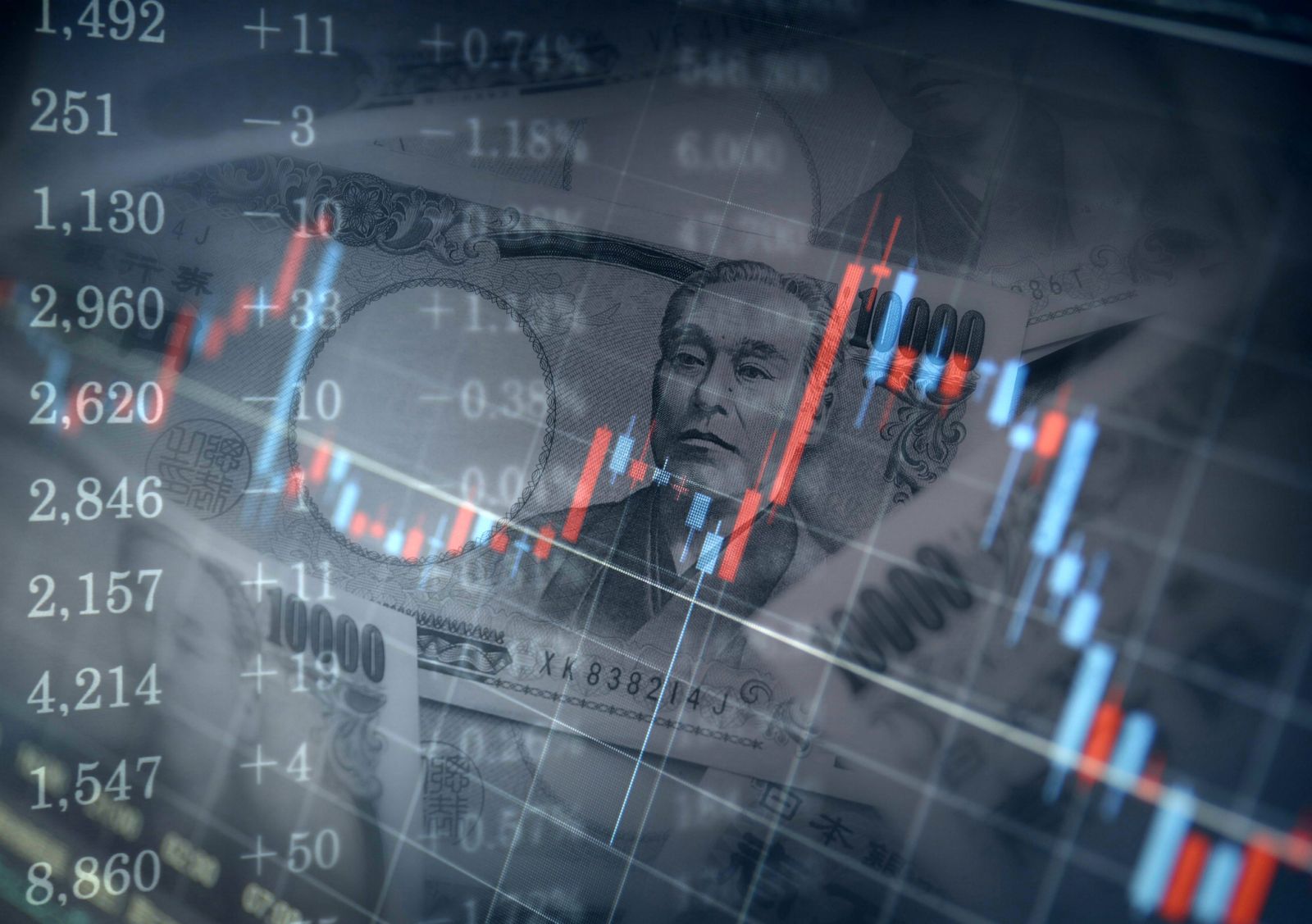
Starbucks (SBUX) announced its three-year reinvention plan on Sep. 13. The company has a history of digging deep to find its way out of a jam. The latest episode is no different.
Interim CEO Howard Schultz, the man responsible for much of the coffee retailer’s past successes, has returned to dig the company out of its latest difficulties. While it’s not going to be easy, Schultz could be the Tom Brady of coffee. Poised as a barista during the morning rush, the 69-year-old unveiled his vision for the next three years.
Is Schultz’s third time in the CEO chair a charm? I think it is. Here’s why.
The Plan’s Nuts and Bolts
It’s hard to believe that Starbucks is over a half-century old. That’s almost as old as I am. I’ve followed its growth over the years with admiration.
As Schultz’s slide presentation points out, not only did it grow comparable sales for 190 consecutive months between 1992 and 2008, it then proceeded to increase its market cap from $11.0 billion in fiscal 2008 (Sep. year-end) to $104.7 billion in 2019. The worldwide pandemic cut that down to slightly less than $99 billion in 2022. Two years later, its market cap is higher than ever.
If you’ve owned SBUX stock for a long time, you’ve experienced far more ups than downs. This next phase of the company’s storied history could take you to levels you’ve never seen before.
But first, the company has to get its latest reinvention plan successfully implemented. I’ll get to the numbers shortly. However, for now, I want to focus on where the company plans to do better.
It starts with its partners -- Starbucks calls employees partners -- who are the emissaries of the brand. Without them, there is no Starbucks.
“Starbucks partners are at the core of the Reinvention plan, as the company recommits to investing in its partner base with a three-pronged model of support that empowers partners to thrive at work, thrive as individuals, and thrive together,” the company’s Sep. 13 post stated.
To help the partner experience, Starbucks is investing in wages, benefits, career development, and its store managers. According to company data, a store manager with more than three years in the job delivers weekly sales 13% higher than average and higher customer satisfaction.
I know that this is true. I’ve seen the results at my local Starbucks near my home in Halifax. The women who ran the store for more than six years had a team of partners who worked tirelessly to keep customers happy. She eventually got moved to a higher-volume store to deliver a similar experience. I have no doubt she’s been successful.
So, by doubling down on its partners on the front line, Starbucks is betting that the investment will pay significant dividends in the years ahead.
It will start with its 9,000 U.S. stores and fan out from there. This alone will take a significant amount of time. Regardless of future unionization efforts, these steps had to be taken.
The Stores Get a Revamp
The company’s blog post states that it needs to create purpose-built stores. What does this mean? What does it look like? Well, every store is going to be slightly different.
However, if the partners don’t have enough room to move, they will unlikely be as effective at their jobs. So, you can be sure that both parts of the store- customer space and partner space- will change how they’re designed and laid out.
Where I go, I got used to mobile ordering during the pandemic and have never looked back. However, there are plenty of customers who still order the old-fashioned way. There is no question there needs to be a way to quickly identify who’s mobile-ordered and who’s done so at the cash.
That means two separate waiting areas.
Alternatively, a mobile order window could be created so many of these customers never have to enter the store unless they want to stay for a while. Many don’t need to because they’re merely grab-and-go. The mobile app would have to get much better at estimating pick-up time in colder climates. I’m not a technology whiz, but I’m sure there are ways to achieve success.
“The company sees tremendous opportunity to further diversify and expand formats across cafes, pick up, delivery-only and drive-thru only locations. The diversified portfolio of stores and customer channels such as Mobile Order & Pay will enable Starbucks to further meet its customers whenever and wherever they want,” the company states.
Starbucks plans to spend $450 million in 2023 revamping stores, with investments to follow in 2024 and 2025. If it doesn’t spend another dime beyond the initial $450 million, that’s $50,000 per store (based on approximately 9,000 stores). Some will need more than that. I guess newer stores won’t because the company’s already been experimenting with store design in recent years.
The point is: that with a 50% return on investment for a new store and 25% cash margins, there is plenty of financial incentive to not hold back on the three-year capital outlay.
Seeing as this is Schultz’s last kick at the cat, it won’t be shy.
It’s a Gargantuan Task
Just reading its blog post will give most people a headache. It’s so in-the-dirt. I haven’t even mentioned beverage innovation, China, the digital experience (a big part of getting the stores right), licensing, its grocery business, and so on.
There’s a lot to do in 36 months. It’s truly overwhelming.
This is why I think Laxman Narasimhan’s hiring as CEO was exceptionally wise. Coming from a three-year stint as CEO of Reckitt Benckiser (RBGLY) -- where the McKinsey protege was tasked with righting the ship -- he’s already been through a complex change process. Before that, he ran PepsiCo’s (PEP) Latin American business. That’s an economic region never easily conquered.
More importantly, he enters the job at age 55, which many consider a CEO’s prime. By mentoring Narasimhan over the next six months before he officially becomes CEO, Schultz is ensuring his success. Schultz will remain on the board to keep an eye on the reinvention plan.
Ultimately, I wouldn’t underestimate Starbucks’ ability to take it up a notch. It’s as if the corporate culture was made for this kind of redo now and again.
I like the company’s chances.
More Food & Beverage News from Barchart


/Alphabet%20(Google)%20Image%20by%20Markus%20Mainka%20via%20Shutterstock.jpg)
/Netflix%20on%20tv%20with%20remote%20by%20freestocks%20via%20Unsplash.jpg)
/Broadcom%20Inc%20logo%20on%20building-by%20Poetra_%20RH%20via%20Shutterstock.jpg)

